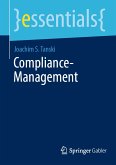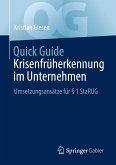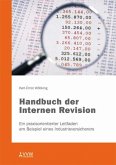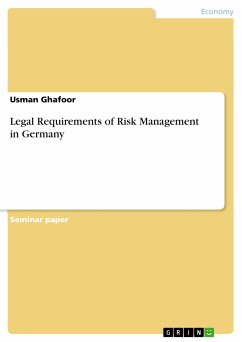By employing statistical methods in credit risk assessment, banks seek to maximize the degree of insight data hold about the nature and quantity of risk inherent in potential and actual credit transactions. Non-available records, i.e., missing data, erode the extent of databases and thus the precision and reliability of statistical models banks use in order to draw conclusions in regard to their credit risk. Statistics holds a wide spectrum of techniques, so called missing data methods, in order to mitigate the damaging effect of these occurrences on models constructed for deriving statistical inferences. Bernd Galler evaluates the benefit of these methods in terms of enhancing credit risk assessment. He assesses their influence on state of the art credit risk models appropriate for estimating the Basel II risk parameter probability of default (PD) by investigating the effected model properties and outputs specific to certain missing data methods. The author covers a wide spectrum of techniques, reaching from straightforward approaches, such as deleting records, to more elaborate ones, e.g., featuring imputation values derived from simulated multivariate probability distributions. He examines the effects of these procedures in different circumstances, such as varying ratios of missing data. Bernd Galler's results indicate that the examined methods differ clearly-which makes the book at hand informative reading for both scientists as well as bank practitioners.
Dieser Download kann aus rechtlichen Gründen nur mit Rechnungsadresse in A, B, BG, CY, CZ, D, DK, EW, E, FIN, F, GR, HR, H, IRL, I, LT, L, LR, M, NL, PL, P, R, S, SLO, SK ausgeliefert werden.









